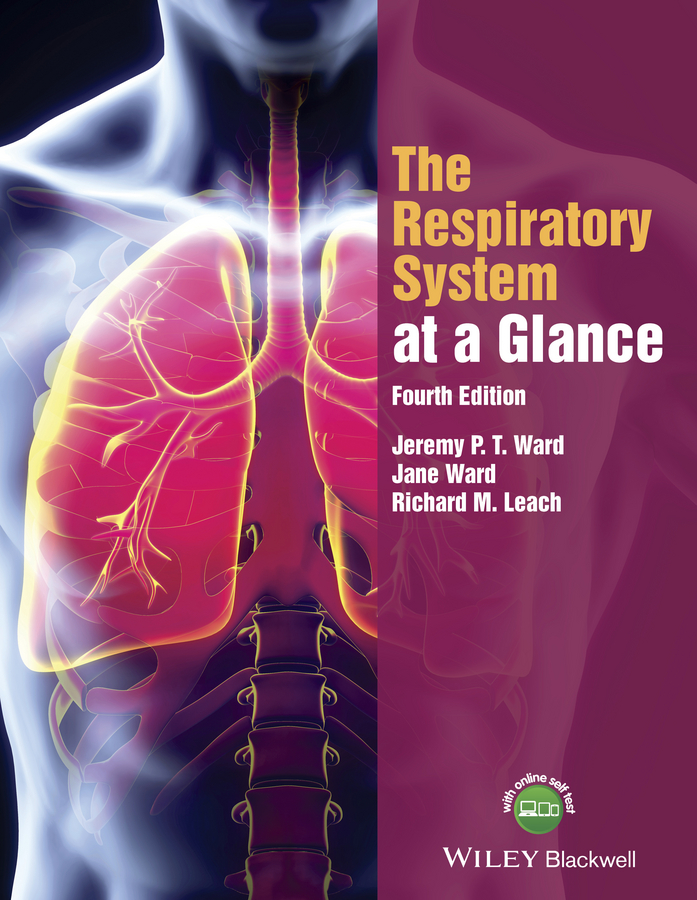- Home
- MCQs
- Cases
- Flashcards
- Your Feedback
- Become a reviewer
- More student books
- Student Apps
- Join an e-mail list


In your morning clinic you see two patients, Ron and Jim. Ron is a 55-year-old chef who has had severe diarrhoea over the last couple of days, and has laboured breathing. Jim is a 65-year-old builder, who has been on thiazide diuretics to treat his heart failure for 4 months, but has now been diagnosed with lobar pneumonia. He has rapid, shallow breathing, and feels weak. You receive the following blood analyses:
| Ron | Jim 1 | Jim 2 | Reference values | |
|---|---|---|---|---|
| pH ([H+], nmol/L) | 7.35 (44.7) | 7.62 (24.0) | 7.63 (23.4) | 7.35–7.45 |
| PaCO2 (kPa) | 4.0 | 6.0 | 4.3 | 4.7–6.1 |
| PaO2 (kPa) | 12.5 | 10.5 | 10.7 | 12.2–13.9 |
| [HCO3–] (mmol/L) | 16 | 22 | 32 | 22–26 |
| [K+] (mmol/L) | 3.4 | 2.2 | 2.2 | 3.5–5.5 |
After taking a look, you ask that the ABGs (arterial blood gases) for Jim are performed again; you are happy with his second set of results (Jim 2). After reviewing the patients and their history you initiate treatment for the most urgent concern highlighted by the blood results, and then consider their acid–base status in more detail.
1. Why did you ask that Jim’s ABG’s were done again, but not Ron’s?
2. What needs to be dealt with immediately?
3. Ron has a normal arterial pH, but is his acid–base status normal?
4. What is your diagnosis concerning the acid–base status of these two patients?
See “An example of a step approach to diagnosing acid–base disorders” at the end of Case 11.